Affordable, durable, and stable ceramic rods for furnaces, electrical equipment, and chemical environments.
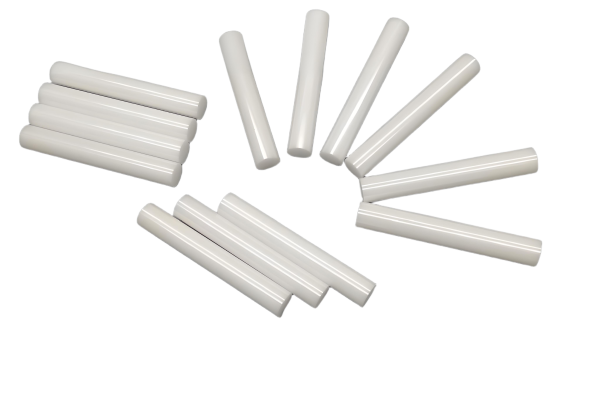
Alumina (Al₂O₃) is one of the most widely used advanced ceramics. It provides a balance of affordability, high purity, strength, and thermal stability. Alumina rods are common in industrial furnaces, electrical insulators, chemical equipment, and high-temperature fixtures.
| Parameter | Typical Value | Notes |
|---|---|---|
| Material | Alumina (Al₂O₃, 95–99.8%) | Purity grades available |
| Color | White / Ivory | Clean, professional |
| Density | ~3.8–3.9 g/cm³ | Medium density |
| Flexural Strength | 300–400 MPa | Good |
| Fracture Toughness | 3–4 MPa·m½ | Moderate |
| Hardness | 15–20 GPa | High wear resistance |
| Max Temperature | 1550–1600 °C | Excellent thermal stability |
| Electrical Insulation | Excellent | Dielectric strength >10 kV/mm |
| Diameter Range | 1–100 mm | Customizable |
| Length Range | Up to 1000 mm | Long rods available |
| Surface Finish | Polished / Ground | Low friction |
| Tolerances | ±0.01–0.05 mm | Precision achievable |
| MOQ | 1 piece | Prototype friendly |
Zirconia Rods – best toughness, impact resistance
Silicon Nitride Rods – excellent thermal shock resistance and lighter weight
Silicon Carbide Rods – extreme wear and chemical resistance
Alumina Rods – featured here: high-temperature & insulating
| Property | Advantage for You |
|---|---|
| High Hardness & Wear Resistance | Excellent against abrasion in industrial use, longer service life vs plastics/metals. |
| Extreme Temperature Stability | Withstands ~1500–1600 °C; ideal for furnaces, heaters, and kilns. |
| Excellent Electrical Insulation | Dielectric strength >10 kV/mm; reliable for high-voltage applications. |
| Corrosion & Chemical Resistance | Inert against acids, alkalis, and gases; no rust, no degradation. |
| Purity Grades Available | From 95% to 99.8% alumina, depending on cost-performance needs. |
| Dimensional Stability | Low thermal expansion prevents cracking in heating/cooling cycles. |
| Cost-Effective Ceramic | More affordable than zirconia or Si₃N₄ while still delivering high performance. |
Furnace tubes, spacers, and supports – continuous exposure to 1500 °C+
Electrical insulators – high voltage rods, spark plug insulators, sensor protection tubes
Chemical equipment – rods for acid/alkali handling
Medical & lab tools – inert, clean rods for instruments or sample handling
General machinery – guide rods, positioning rods, non-conductive fixtures

| Property / Problem | Metal Rods | Plastic/Resin Rods | Glass Rods | Alumina Rods |
|---|---|---|---|---|
| Wear Resistance | ⚠ Moderate | ❌ Scratches, soft | ⚠ Fragile | ✅ High |
| Corrosion Resistance | ❌ Rusts | ⚠ Limited | ⚠ Poor | ✅ Excellent |
| High Temp Resistance | ⚠ ~600 °C | ❌ ~250 °C | ⚠ Breaks under heat | ✅ ~1550–1600 °C |
| Toughness | ✅ Strong but corrodes | ⚠ Weak | ❌ Brittle | ⚠ Moderate |
| Electrical Insulation | ❌ Conductive | ⚠ Limited | ⚠ Partial | ✅ Excellent |
| Lifetime & Cost | ⚠ Frequent replacement | ⚠ Short life | ⚠ Fragile | ✅ Long service, affordable |
Metal rods oxidize, corrode, and lose strength at high temperatures.
Plastic/resin rods deform, soften, or burn under heat or voltage.
Glass rods are fragile and shatter easily under mechanical stress.
👉 If these sound familiar, Alumina Ceramic Rods are your solution: stable at over 1500 °C, excellent as insulators, and resistant to most chemicals.
| Feature / Property | Alumina (Al₂O₃) | Zirconia (ZrO₂) | Silicon Nitride (Si₃N₄) | Silicon Carbide (SiC) |
|---|---|---|---|---|
| Max Temperature | ✅ ~1550–1600 °C | ⚠ ~1000 °C | ✅ ~1100 °C | ✅ ~1400–1600 °C |
| Toughness | ⚠ Moderate | ✅ Very High | ✅ Good | ⚠ Moderate |
| Wear Resistance | ✅ Good | ✅ Excellent | ✅ High | ✅ Extreme |
| Density | Medium (~3.9 g/cm³) | High (~6.0 g/cm³) | Light (~3.2 g/cm³) | Medium (~3.1 g/cm³) |
| Thermal Shock Resistance | ⚠ Moderate | ✅ Good | ✅ Excellent | ⚠ Moderate |
| Electrical Insulation | ✅ Excellent | ✅ Excellent | ✅ Excellent | ⚠ Semi-conductive |
| Best Fit Use | High heat, insulation | Impact/vibration, precision | Dynamic loads, light weight | Abrasive, corrosive, extreme wear |
Background:
A Japanese furnace manufacturer used metal rods as supports inside furnaces running above 1200 °C. The metal oxidized and deformed within months.
Solution:
They replaced them with 99.8% alumina rods that resist high heat without deformation.
Results:
Rod lifetime improved from 6 months → 3+ years
Furnace uptime increased
Reduced replacement costs and downtime
Background:
A European electronics firm required non-conductive rods for high-voltage testing equipment. Plastic rods deformed, while glass rods cracked under stress.
Solution:
Alumina ceramic rods were selected for their excellent insulation and stability.
Results:
Withstood voltages above 20 kV
No cracking under repeated use
Safe, stable, and long-lasting solution
Powder → Forming → Sintering → CNC/Grinding → Inspection → Packaging → Delivery
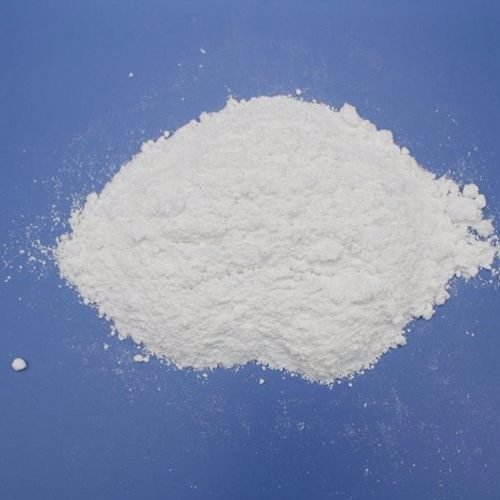
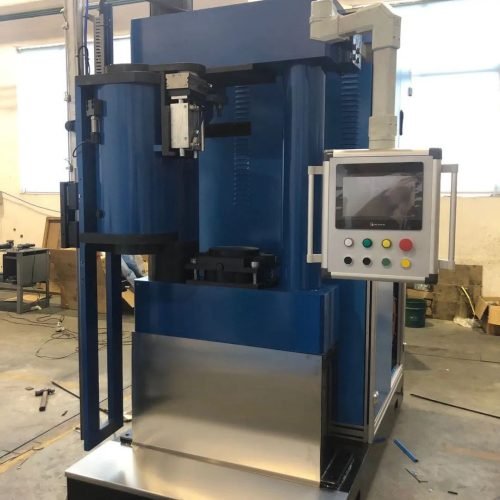
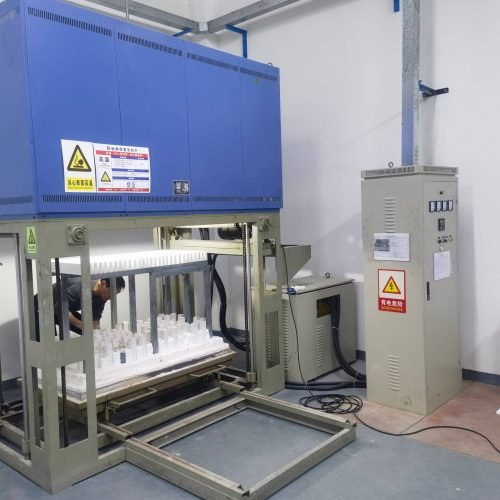
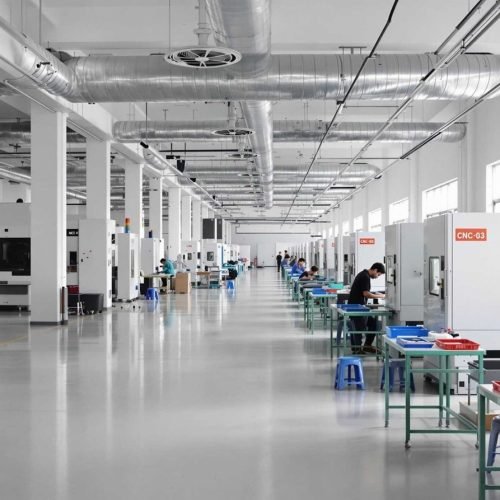
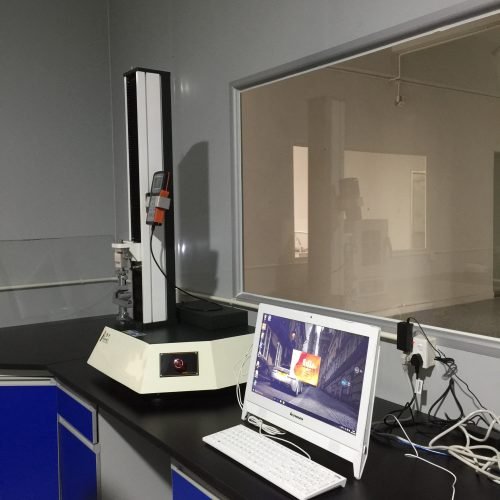
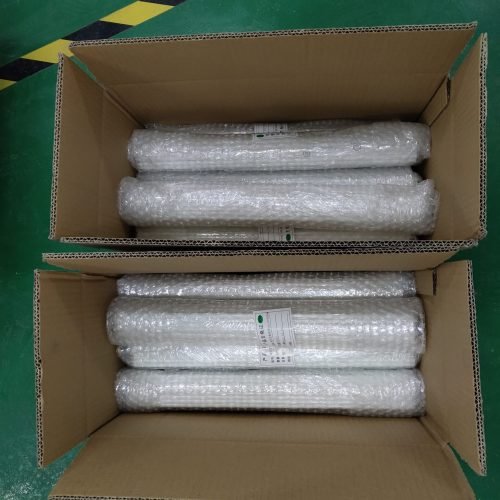
Typically up to 1600 °C, depending on purity grade.
Yes, alumina is one of the best electrical insulators available.
Yes, alumina is more cost-effective than zirconia, Si₃N₄, or SiC.
They handle moderate changes, but not as well as Si₃N₄.
Diameters 1–100 mm, lengths up to 1000 mm, customizable.
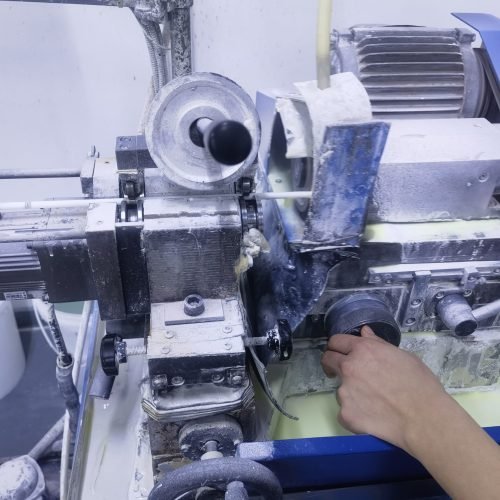
20+ Years Ceramic Expertise – trusted by Apple, BYD, Huawei, and global leaders
Advanced Production – ISO9001 certified, SOP-controlled, and Apple-audited factory
Fast Lead Time – over 95% on-time delivery, higher than industry average
Custom Solutions – small MOQ (from 1 piece) to mass production, tailored to your design
Full Technical Support – our ceramic engineers help you choose the right grade and design
We will get back to you within 12 hours.